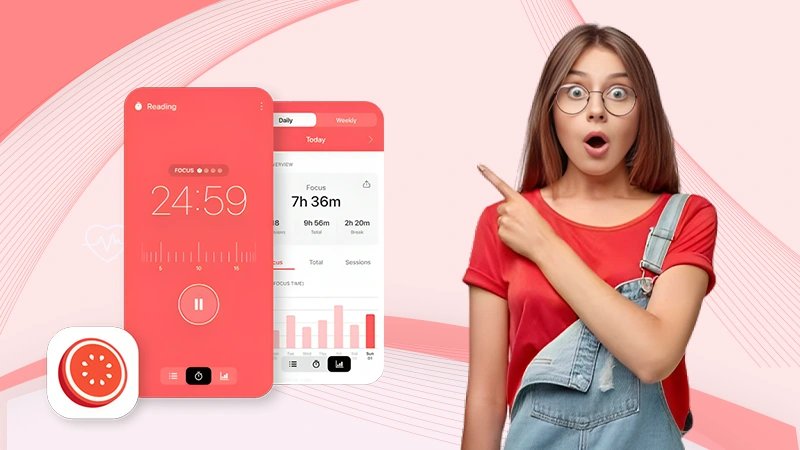In the digital age, where the virtual world holds immense power, understanding the dynamics of social media has become essential for businesses and people. Social media isn’t just about posting witty captions and captivating visuals; it’s a complex ecosystem that demands careful observation, analysis, and adaptation. This is where social media analytics & social media monitoring realms come into play. Mastering these tools can unlock valuable insights that shape your online presence and drive success.
What is Social Media Monitoring and Analytics?
Social media monitoring involves watching various social media platforms to track mentions, discussions, and trends related to specific keywords, topics, or brands. It’s akin to eavesdropping on the conversations of the digital world. Analyzing data from social media platforms is an essential aspect of social media analytics. This process allows insights into audience behavior, engagement, and overall performance. Social media monitoring listens to online conversations, while social media analytics converts this information into meaningful metrics.
Why Monitor Social Media Analytics?
The digital landscape is a dynamic arena where trends shift, opinions sway, and sentiments change rapidly. Monitoring social media allows you to stay attuned to these shifts. Consider a scenario where you’ve launched a new product and want to gauge its reception. Social media monitoring would help you track user reactions, feedback, and reviews in real time. This information is invaluable as it can guide your decisions, helping you adapt your strategy or make improvements based on user experiences.
What are Social Media Analytics Examples?
Social media analytics spans a spectrum of metrics, each providing unique insights into your online performance. For instance, tracking the number of followers gained over a specific period can gauge your platform’s growth. Monitoring engagement metrics like likes, shares, comments, and retweets can highlight the content that resonates most with your audience. Sentiment analysis can reveal how people feel about your brand, helping you tailor your messaging accordingly. Moreover, tracking click-through rates (CTR) from your social media posts to your website can quantify the effectiveness of your calls to action.
How Do You Do Social Media Analytics?
Embarking on a journey of Social Media Analytics involves a structured approach:
- Set Clear Objectives: You need to decide on what your objectives and key results (OKR) should be to achieve your goals with social media efforts. So, whether it’s increasing brand awareness, driving website traffic, or boosting sales, having a clear OKR will guide you in your analysis.
- Choose Relevant Metrics: Different objectives require tracking different metrics. Select key performance indicators (KPIs) that align with your goals. If you’re aiming to enhance engagement, focus on metrics like likes, comments, and shares.
- Select the Right Tools: Many tools are available to help you gather and analyze social media data. Platforms like Google Analytics, Hootsuite, and Buffer provide insights into your social media performance.
- Analyze and Interpret: Regularly analyze the data you collect. Look for patterns, trends, and anomalies. If you notice a spike in engagement after specific posts, consider replicating that content strategy.
- Adapt and Optimize: Use your insights to fine-tune your social media strategy. Adjust your posting schedule accordingly if your audience engages more on specific days or times.
Where are Social Media Analytics Used?
Social Media Analytics find applications across various sectors:
- Businesses: Brands use analytics to track customer sentiment, refine their marketing campaigns, and understand their audience better, ultimately driving sales and growth.
- Influencers: Social Media Monitoring and Analytics help influencers gauge their impact, measure their engagement, and collaborate with brands that align with their niche.
- Journalism: Journalists can track public opinion on social media to uncover emerging trends, stories, and sentiments, aiding in accurate reporting.
- Research and Development: Researchers can utilize social media data to study public behavior, opinions, and reactions to societal events, assisting in social studies and trend analysis.
What Analytics are Most Important for Social Media?
While a plethora of metrics exist, some stand out as particularly crucial:
- Engagement Rate: This metric reflects the level of interaction your content receives and indicates how well it resonates with your audience.
- Reach and Impressions: These metrics measure the unique users who see your content and how often it appears on their feed.
- Click-Through Rate (CTR): CTR tracks how often users click on links in your posts, showing the effectiveness of your calls to action.
- Conversion Rate: This metric is important for businesses as it indicates the percentage of users who carried out a specific action, like purchasing a product or subscribing to a newsletter, after interacting with your content.
- Sentiment Analysis: Understanding the sentiment behind mentions and comments can help you gauge public opinion about your brand or product.
Mastering social media monitoring and analytics is not just an option; it’s necessary in the digital age. By diligently observing online conversations and analyzing data, you can gain invaluable insights that drive informed decisions and elevate your online presence. Whether you’re a business aiming to boost sales, an influencer seeking to expand your reach, or a researcher studying societal behavior, the power of social media analytics and social media monitoring is at your fingertips. So, embark on this journey, uncover the hidden patterns, and harness the potential of social media to its fullest.
















